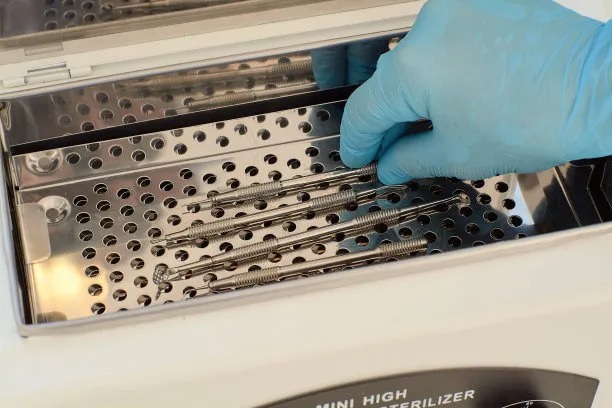The Essential Guide to Extracting a Tooth Safely and Effectively for Optimal Oral Health Care
Summary: Extracting a tooth is a delicate dental procedure that plays a crucial role in optimal oral health care. This article serves as a comprehensive guide, walking readers through the essentials of safe and effective tooth extraction. We will explore the significance of understanding the procedure, the necessary preparations, the extraction process itself, and the post-extraction care that ensures a smooth recovery. Each of these aspects is vital for both immediate and long-term dental health outcomes. With a focus on minimizing discomfort and risks, this guide emphasizes the importance of professional dental assistance throughout the process.
1. Importance of Professional Dental Assistance

Tooth extraction is not a procedure to be taken lightly; it requires the expertise of trained dental professionals. Consulting a dentist ensures that the procedure is conducted with precision and minimal pain. Dentists are equipped with the necessary tools and experience to manage complications that might arise during extraction, such as excessive bleeding or infections.
Moreover, professional assistance guarantees a thorough evaluation of your dental health. A dentist will perform X-rays to identify underlying issues that may not be visible during a routine examination. They will assess the tooths condition and recommend extraction only if it is truly necessary, taking into account all other possible treatment options.
Ultimately, trusting professionals with your dental care helps in achieving better outcomes. Their knowledge extends beyond the extraction itself, as they provide valuable guidance on subsequent care, ensuring your oral health remains optimal post-procedure.
2. Preparation for a Tooth Extraction
Preparation is key to a successful tooth extraction. The first step involves a thorough dental examination, including imaging studies if needed. This allows the dentist to formulate a plan tailored specifically to your needs. Discussing your medical history, medications, and any allergies is crucial in minimizing potential risks during the procedure.
Prior to the extraction, the dentist may recommend avoiding certain medications that could increase bleeding, such as blood thinners. It’s also advised to eat a light meal before the procedure unless you are undergoing sedation. This will help maintain energy levels, especially if the extraction is expected to take longer than anticipated.
Additionally, understanding the type of anesthesia to be used can alleviate anxiety. Dentists typically offer local anesthesia, sedation, or general anesthesia, depending on the complexity of the extraction. Knowing what to expect will prepare you mentally and physically for the procedure.
3. The Tooth Extraction Process Explained
The actual tooth extraction process commonly begins with the administration of anesthesia, which numbs the area around the tooth. This ensures that the patient remains comfortable throughout the procedure. After confirming the numbness, the dentist uses specialized tools to loosen the tooth from its socket.
Once the tooth is sufficiently loosened, the dentist will carefully remove it from the socket. This procedure can differ in complexity; some teeth, like molars, may require surgical extraction if they are impacted or broken. The dentist will be skilled in employing techniques to minimize trauma to surrounding tissues, which is vital for healing.
After the extraction of the tooth, the dentist may place gauze over the extraction site to control bleeding and encourage clot formation. They will provide aftercare instructions, which are crucial for ensuring a smooth recovery, including managing pain and avoiding certain activities.
4. Post-Extraction Care for Recovery
Post-extraction care is vital to prevent complications and promote healing. Initially, it’s essential to adhere to the dentists advice regarding pain management, which might include over-the-counter pain relievers or prescribed medications. Understanding the signs of complications, such as prolonged bleeding or signs of infection, can be crucial for timely intervention.
Additionally, maintaining oral hygiene is important, but extra caution is necessary around the extraction site. Gently rinsing with warm salt water can help keep the area clean without disturbing the healing tissue. Avoid using straws and spitting forcefully, as these actions can dislodge the blood clot and lead to dry socket, a common complication.
Lastly, keeping a follow-up appointment with the dentist assures that the extraction site is healing properly. Regular check-ups can help to monitor your overall dental health, allowing for immediate action should any issues arise post-extraction.
Summary: A successful tooth extraction involves professional dental assistance, thorough preparation, an informed understanding of the extraction process, and diligent post-extraction care. Each step plays a significant role in maintaining optimal oral health and preventing complications. By following this essential guide, patients can approach tooth extraction with the knowledge and confidence that fosters a positive experience.
This article is compiled by Vickong Dental and the content is for reference only.



